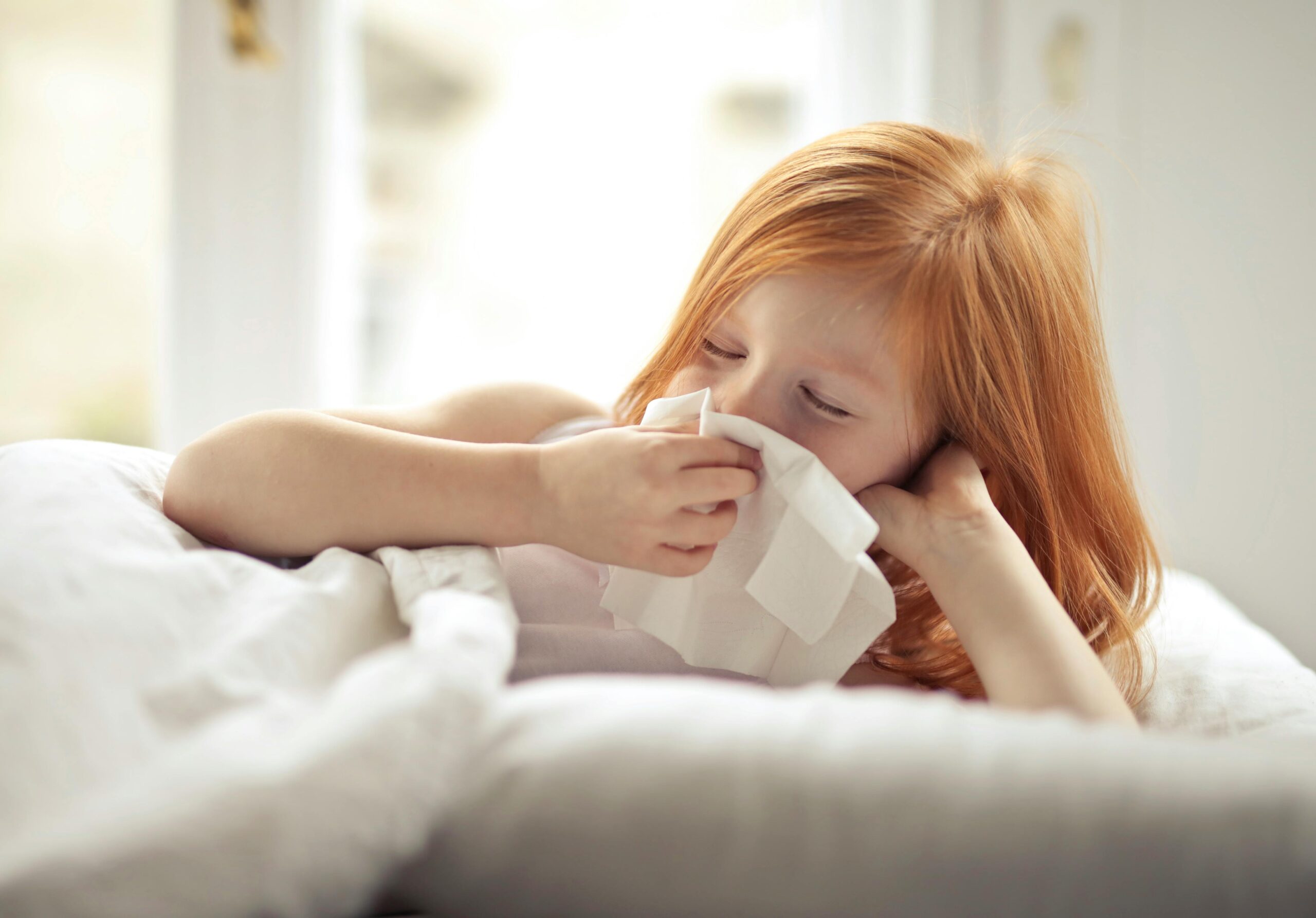Allergy to insect stings


Allergy to insect stings
Wasps and bees fly around countryside, cities and occasionally indoors usually from spring to autumn and are the most common cause of insect stings. Less frequently there are stings from other insects like fire ants (USA) and hornets (Europe, Asia, USA).
Allergic reactions to bee and wasp sting are uncommon. What is common is localised redness and swelling at the site of the sting. If the swelling is more than 10cm and lasts for more than 24 hours this is called large local reaction and requires the use of antihistamines and local measures depending on symptoms (ice packs, local steroid, pain killers). This is not an allergy but a reaction to the venom. If this is too painful or inflamed or doesn’t respond to simple measures then you will need to see your doctor.
When do you need to see an allergist?
If you have symptoms of an allergic reaction either mild or severe you will need to see an allergist. Mild are usually symptoms of hives and/or swelling distant to the site of the sting. Severe are symptoms of anaphylaxis where apart from the skin symptoms your child might experience breathing difficulties and/or cardiovascular symptoms (fainting, dizziness, drop in blood pressure). In suspicion of a severe reaction it is important to call for emergency medical care and then be referred to an allergist.
Diagnosis:
The diagnosis of venom allergy is based on history taking and specific blood tests which include component testing for bee and wasp. Less frequently your child might need skin prick testing which are less sensitive than blood tests.
What is the risk of future reactions?
Only 10% of mild allergic reactions will recur after repeat stings. The risk of an allergic reaction is greatest if a second sting occurs 2-8 weeks after the first. In children with history of anaphylaxis there is 20% chance of anaphylaxis in future stings and a review by an allergist is important so your child is equipped with adrenaline autoinjector and we will discuss about immunotherapy which is a treatment that involves injections with the responsible venom and lasts for at least 3 years.
During our appointment we will discuss avoidance measures and management of future episodes.
Basic avoidance measures:
a. Your child should wear white or light coloured clothes when playing outside.
b. Avoid using strong fragrances, perfumes and highly scented shampoos.
c. Ensure that your child wears shoes while outdoors and cover their body with clothing, cap/hat.
d. Avoid activities such as fruit-picking from the ground or trees. Take extra care in gardens, picnic areas and outdoors where food is served, and near litter bins.
e. Wash your child’s hands after eating or handling sticky or sweet foods outdoors.
f. Keep uneaten foods covered especially when eating outdoors.
g. For bee keepers:
- To avoid family members being stung, the beehives should be kept away from the house.
- Change clothing before entering the house.
- Honey extraction at home increases the risk of insect stings.
References:
- Allergy to insect stings, North West Allergy Network.
- Diagnosis and management of hymenoptera venom allergy: British Society for Allergy and Clinical Immunology (BSACI) guidelines. 2011.